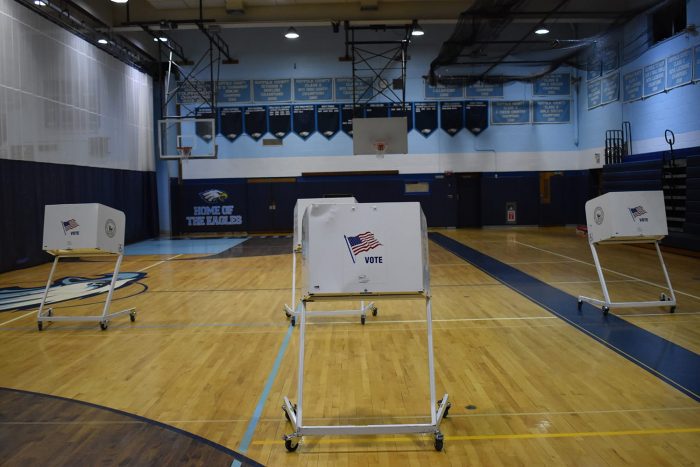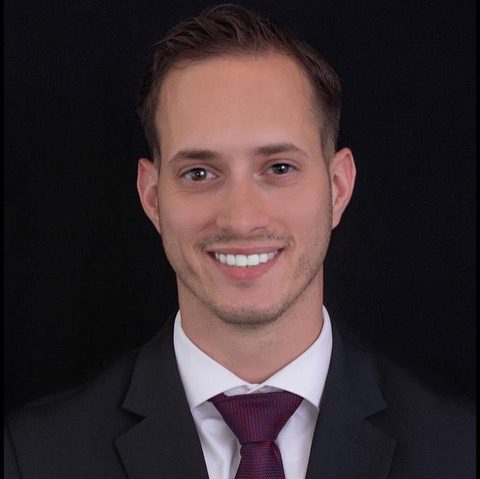Clarifying recent events at Sherwood-Jayne Farm
Preservation Long Island would like to clarify the events that took place at the Sherwood-Jayne Farm on Nov. 8.
The entire 12.5-acre farm is private property, as are the grazing sheep and pony. We have made access to the animals and the property available to the public as a community benefit.
Considering that the farm site is not an active animal farm, we came to the realization earlier this year that the aging animals will soon require care beyond what we can provide. The decision was not financially driven — it was in the best interest of the animals.
While Susanna Gatz has undoubtedly been a loving caretaker, she is not the only person capable of caring for the animals. She was first made aware of PLI’s plans for the animals and the change in her status as early as April.
We understand how community members will miss the sheep and Snowball — as we will — but we have committed ourselves to finding a solution that will provide animals of an advanced age with the services they will require.
After working within the community and searching for the best possible fit, we found Berkshire Sanctuary Farm, a nonprofit organization dedicated to providing aging animals with a serene location and professional veterinary care.
When Susanna’s friends arrived to protest the transfer of the animals to Berkshire on Nov. 8, we did allow children onto our private property to say goodbye to the animals as a courtesy. Unfortunately, the noise and activity of Susanna’s adult protesters stressed the animals into a state where Berkshire felt it was not safe to humanely move them during the commotion.
We hope we have not lost the opportunity to provide the animals with a forever home at Berkshire.
Alexandra Parsons Wolfe
Executive Director
Preservation Long Island
Sherwood-Jayne Farm animals should be allowed to stay
Sherwood-Jayne Farm on Old Post Road in East Setauket is a jewel of our community.
Thanks to the actions of people within our community and elsewhere, the farm has remained a lovely and happy place for both adults and children to enjoy just as Mr. Howard Sherwood envisioned long ago.
Unfortunately, the owners of the farm, Preservation Long Island, have decided to remove the animals from the residence, sending the four sheep to Berkshire Farm Sanctuary in Peru, Massachusetts, and Snowball the pony to an undisclosed location on Long Island.
I googled the sanctuary to find out about its purpose. Their mission is “to rescue, rehabilitate and provide a safe haven for abandoned, abused and neglected companion and farm animals and promote humane education and compassion to all beings.” This is a beautiful mission, but the animals at Sherwood-Jayne have never been abandoned, abused or neglected. They have been tenderly and compassionately cared for all their lives.
On Wednesday, Nov. 8, the executive director of Preservation Long Island, Alexandra Wolfe, and a security guard arrived at the farm with minimal notice with the intention to promptly remove the animals from the farm. Ms. Wolfe then refused to give information to the current caretaker as to where Snowball would be heading or who would be caring for her.
This action showed medical neglect as there was no exchange of information about the care that Snowball has received to keep her alive and well. Thanks to the uprising of concerned local neighbors, this event was drawn to a halt, and at the end of the skirmish, the animals remained at the farm. None of these actions make sense to me, or to many community members.
The animals should be allowed to live out their remaining days in their happy and safe place at the Sherwood-Jayne Farm.
Bonnie Dunbar
Setauket
Notice of important civic meeting on Jefferson Plaza
As president of the Port Jefferson Station/Terryville Civic Association, I want to inform my neighbors of the opportunity to shape the future of our community and have your voices heard.
On Tuesday, Nov. 28, we will gather, as we do most months at 7 p.m. at the Comsewogue Public Library, 170 Terryville Road, and hold our regular civic association meeting. Check out our website at www.pjstca.org for future meeting notifications and join with others who seek to beautify, improve and celebrate Port Jefferson Station/Terryville.
While I believe all our meetings are enriching and interesting, this particular meeting is of significance as it will be dedicated to the discussion of the redevelopment by Staller Associates of the Jefferson Plaza Shopping Center, where the Post Office is on Route 112.
The proposed project envisions the construction of 280 units of residential apartments in two structures, which could reach 50 feet in height, as well as include 49,000 square feet of new and updated commercial space to serve the new and existing residents.
Such a proposal presents this community with an opportunity as we seek to renew and revitalize an area that has been a concern to many and has focused us on quality-of-life issues in our community. But, as with any potential change, there are related impacts that have been raised by active members of our civic and the broader community as occurred in February 2022 when the developer presented this concept to 125 concerned citizens who attended that night.
More recently, I heard this past weekend that up to 80 people met at the shopping center on a cold Sunday morning to discuss the new project and connect with their neighbors.
It is my hope on Nov. 28 to facilitate an informative and vibrant discussion of all the implications — positive or negative — such an opportunity presents in order to develop consensus of how our community views this pivotal development. I am certain there will be spirited debate as there are many opinions to be aired by everyone. I also hope we can do so with an attitude of acceptance, decorum and mutual respect.
All of this activity is taking place in advance of a public hearing at 5 p.m. on Nov. 30 at Town Hall when the Brookhaven Town Board will consider this zoning change request. Therefore, I invite all those interested to join us on Nov. 28, so we can raise our voice two days later at the Town Board and help influence the future of this hamlet we are so proud of in a positive direction.
Ira Costell, President
Port Jefferson Station/Terryville Civic Association
Have our leaders ever traveled along the Port Jeff Branch?
You can learn a great deal about the priorities of our elected officials by what they do and don’t do when it comes to delivering funding for transportation projects.
Over the past few days, U.S. Sens. Chuck Schumer [D-NY] and Kirsten Gillibrand [D-NY], joined by Gov. Kathy Hochul [D] and others, announced federal funding of $1.3 billion toward advancing the $1.6 billion East River Tunnel reconstruction, $1.6 billion toward the $3.1 billion Metro North Bronx East Penn Station Access, $3.4 billion toward the $7.7 billion New York City Transit Second Avenue Subway Phase 2 and $3.8 billion toward Amtrak’s $16.8 billion Gateway Tunnel (for two new tunnels plus rehabilitation of two existing Hudson River tunnels connecting New Jersey with Penn Station) projects.
Not a dime as a down payment to pay for any National Environmental Policy Act review, additional planning or preliminary design and engineering for the $3 billion-plus MTA Long Island Rail Road double tracking electrification of the Port Jefferson Branch.
This seed money, in the millions, is necessary if these improvements to the LIRR Port Jefferson Branch can become eligible for any future Federal Transit Administration Capital Investment Grants New Starts Core Capacity Full Funding Grant Agreement for $1.5 billion many years down the road.
Schumer, Gillibrand and Hochul, by their actions — or in this case, inaction — have clearly indicated no interest in supporting any advancement of future capital improvements to the Port Jefferson Branch. Commuters, residents, taxpayers, project advocates and others may want to consider withholding your potential campaign contributions and votes when they run for another term in office.
This is the only influence you have.
Larry Penner
Great Neck
Editor’s note: The writer is a transportation analyst and former director for Federal Transit Administration Region 2.




 By Bill Landon
By Bill Landon












